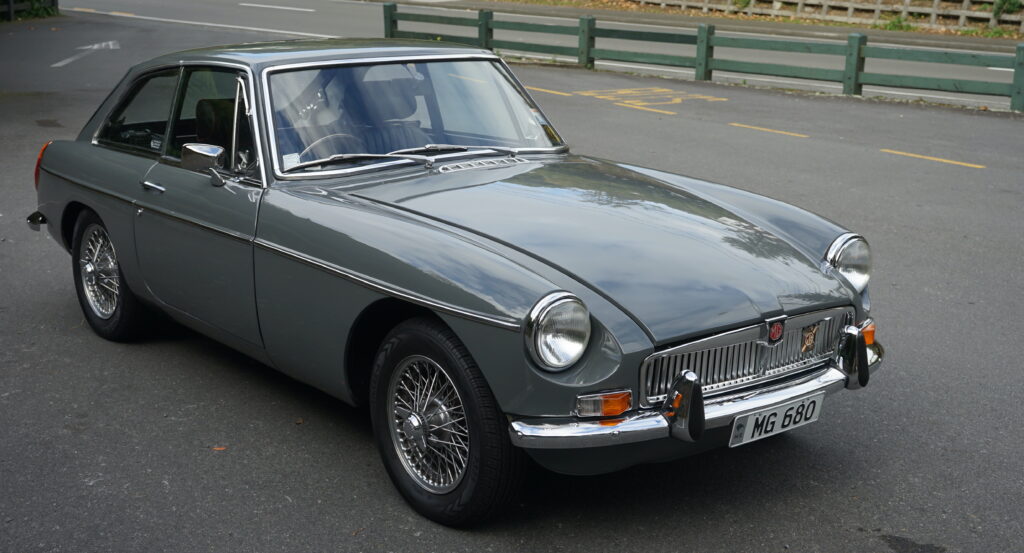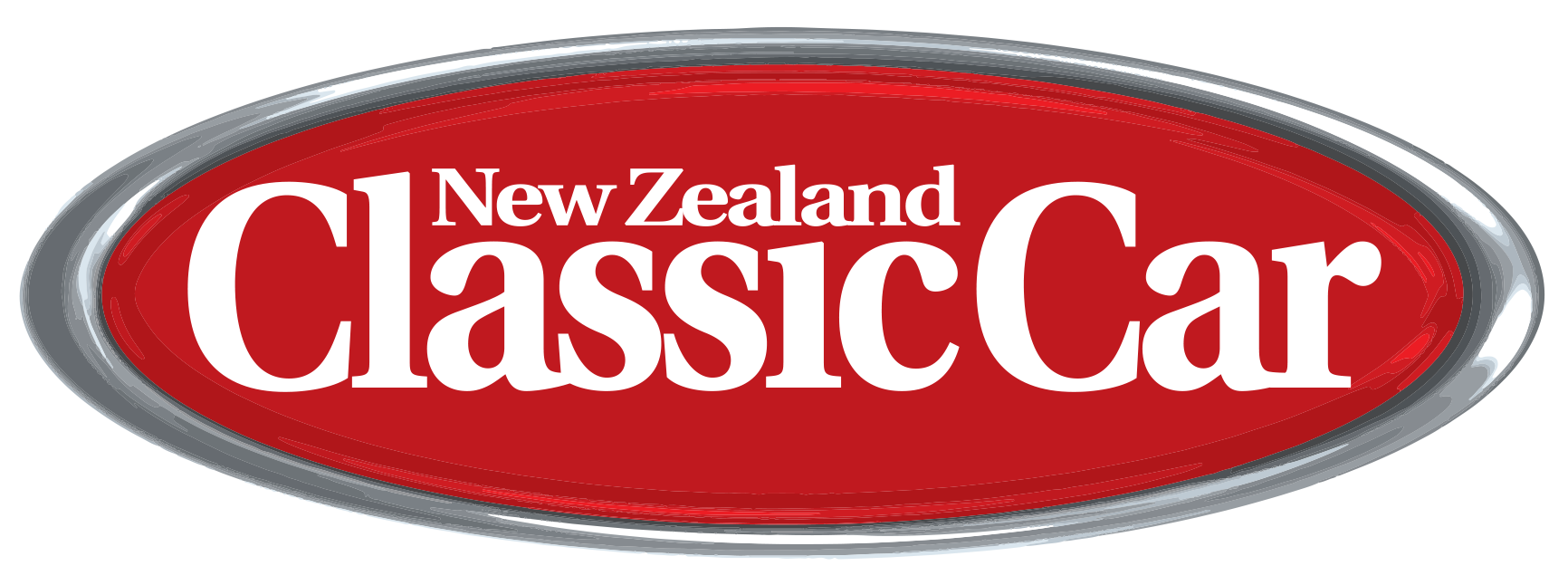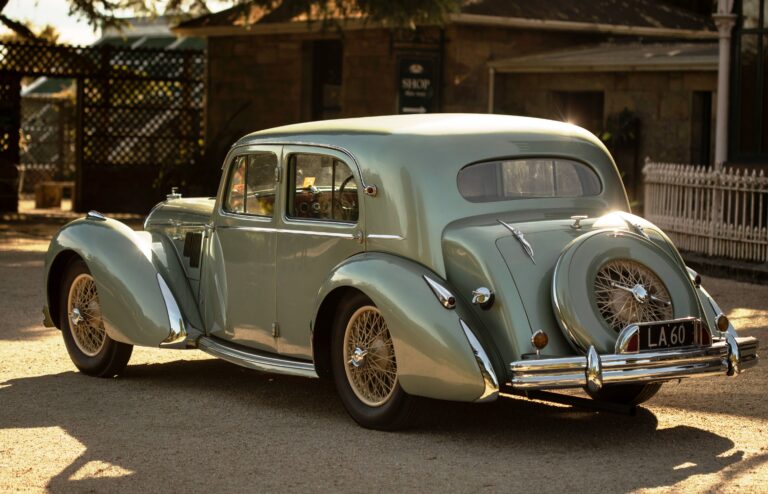When the Asquith family moved to New Zealand, they brought along an MGB GT. Aiming for a useable everyday classic, they set about a rebuild with the help of some Kiwi know-how
By James Asquith
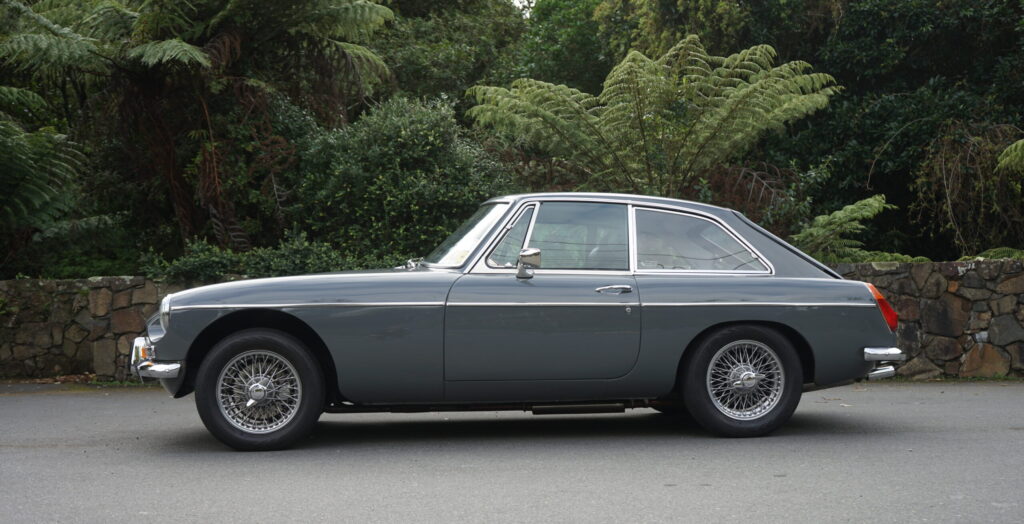
At its launch in 1965, the MGB GT was hailed as an affordable and practical sports car. It was not often described as having Definitely Awesome Super Horsepower — but this one was. Our 1968 MG earned that name when I was driving home with my eight-year-old son, Caeden, soon after buying the car in the UK. Caeden saw me flick up the overdrive switch and, when he felt the modest surge of speed, he christened the new car ‘Dash’ — short for ‘definitely awesome super horsepower’.
A little while later, we moved to New Zealand. Dash stayed behind at my parents’ house in Yorkshire, England, awaiting shipment to New Zealand, but it was to be a longer separation than we expected.
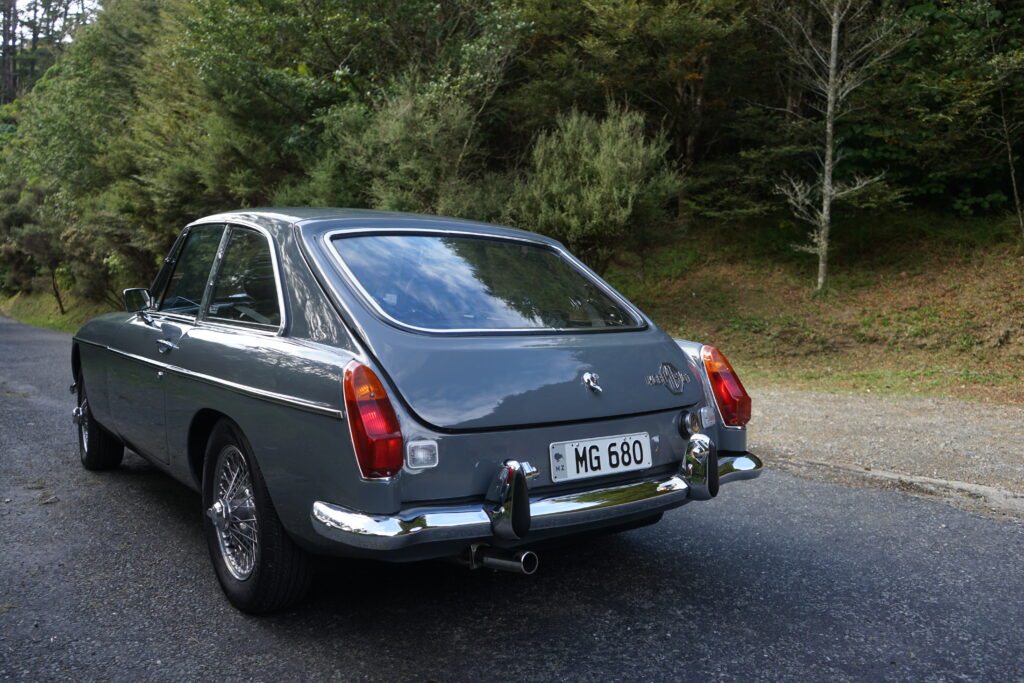
Kia ora, Dash
When the car arrived in Wellington in December 2018, it was duly taken along for entry certification. Vehicle Inspection NZ (VINZ) found some wrongly wired lamps and switches — not too bad — but, much more significantly, some poor welding repairs. As the structural problems were probed more thoroughly, we realised the previous owner’s restoration would not do, and we needed an upgrade. Dash had made it into the country, but it would take some time and money before he would be free to explore any of New Zealand’s scenic highways.
We took the car to our new home in Johnsonville in the northern suburbs of Wellington, and I pored over the car in detail to figure out what was next. There were lots of new parts on the car and a very perky reconditioned drivetrain, but the chassis needed serious work.
I met up with members of the MG Car Club of Wellington at the British Car Day in Upper Hutt, an annual celebration of all British and European cars held at Trentham Memorial Park each February. There were lots of offers of support from the friendly club members manning the stand. I got chatting with Michael Anderson, the club’s rally and regalia director, who quickly grasped the situation and helped us take the next step in progressing the project.
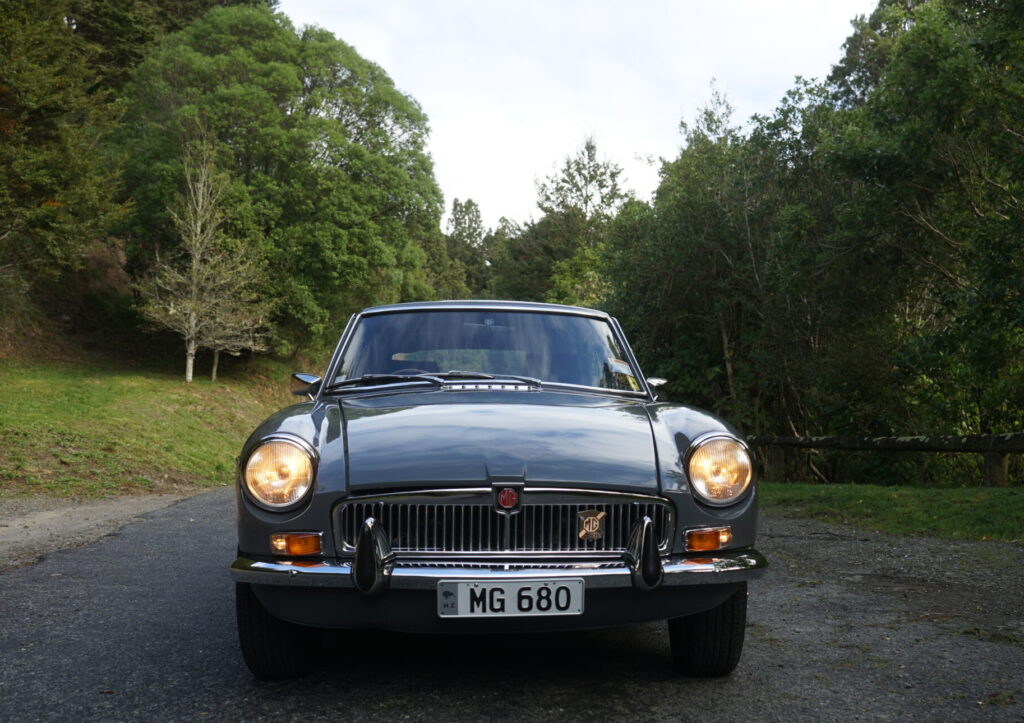
The best of British
Michael put me in touch with Ray Hartley Motors in Wellington. Ray and his crew have a long history of repairing and racing MGs. Ray was sure he could help and visited Dash to assess the project. He said the simplest path would be to strip down and salvage all the best components from the imported car and find another New Zealand chassis as a basis for the restoration.
James began the process of dismantling the donor car while Ray looked for an NZ-registered BGT. A suitable chassis for the restoration was quickly acquired — from a telescope engineer at Tekapo — and Ray’s team set to work on preparing the panels and chassis for repainting.
In my spare time over the next six months, I prepared the interior and mechanical parts for the rebuild. The plan was for Ray’s team to deliver a rolling chassis for final assembly in my home workshop.
The Lucas Type 45d distributor was serviced with new inertia springs and an electronic ignition conversion. This was in preference to a full electronic timing system as that would have required modifications to the rev counter, which relies on a pulse from the coil LT circuit, plus James wanted the option of switching back to the points if need be, thinking of roadside emergencies in the rain!
The dashboard was also cleaned up and repainted in the original wrinkle paint finish.
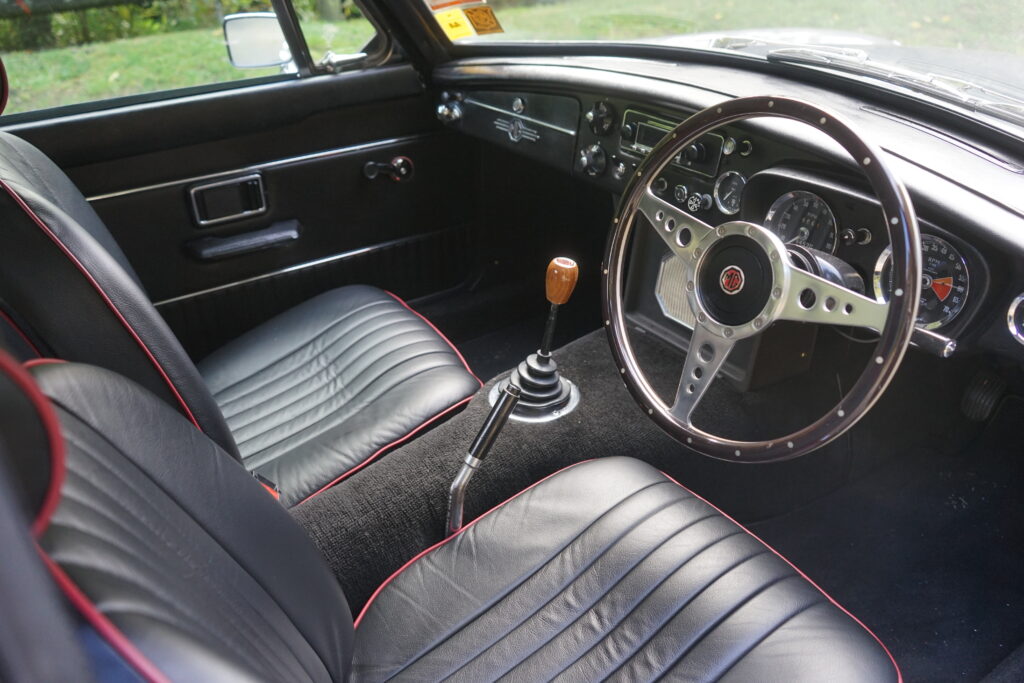
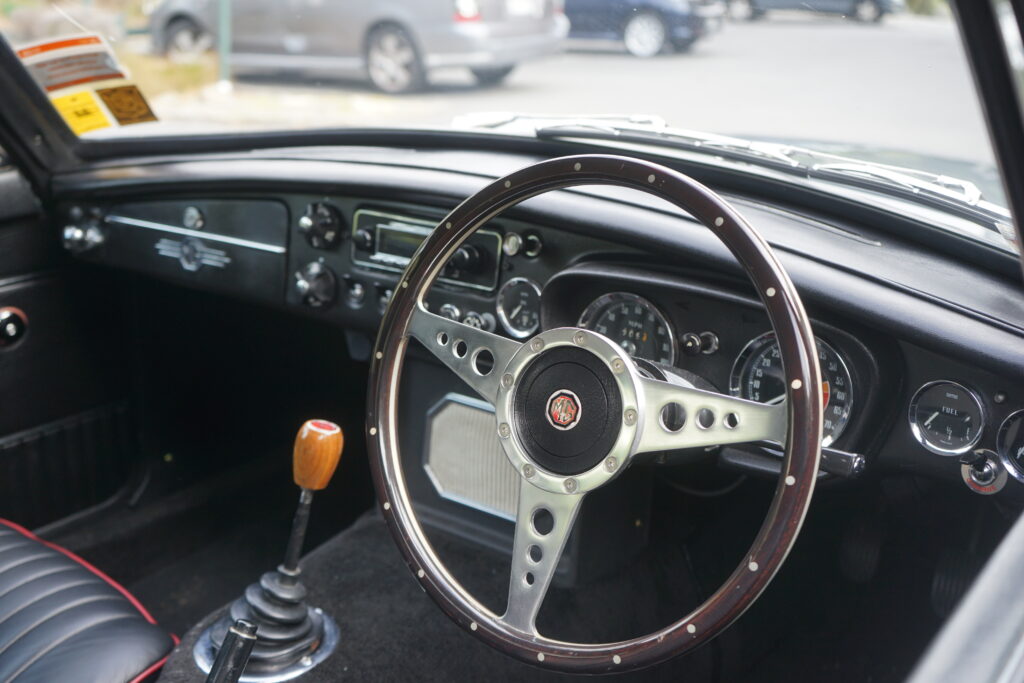
Going grey
The chassis was extensively rebuilt and repaired, with new floors, new inner and outer sills on both sides, and repairs to the firewall and heater box. The doors, tailgate, bonnet, and guards were in great shape and only required sanding, priming, and preparing for paint. Grampian Grey — a 1968 GT paint that matched the donor car’s original specifications — was chosen for the respray.
Fast forward to February 2020 and, on a sunny and blustery Wellington afternoon, Dash returned home looking as handsome as the day he left Abingdon. It was heart-warming to see Caeden had not forgotten him, and he ran out to give Dash a hug!
By this stage of the project, most of the refurbishment work had been done. I just needed a chunk of spare time to progress the rebuild. This was March 2020, and talk of the possibility of a lockdown in New Zealand was rife. If I could get some help with fitting the motor and gearbox, I might be able to get on with the rest of the work at home during lockdown. So, on what turned out to be the last Saturday before lockdown, we had a mad Dash day, Ray helping me fit the motor and gearbox back into the chassis. The drivetrain installation went smoothly, but — as those who have done this will know — there’s not much space to move a spanner in the area where you must tighten up the gearbox mounts to the cross member and onto the chassis rails. It took most of the afternoon to get these in tight!
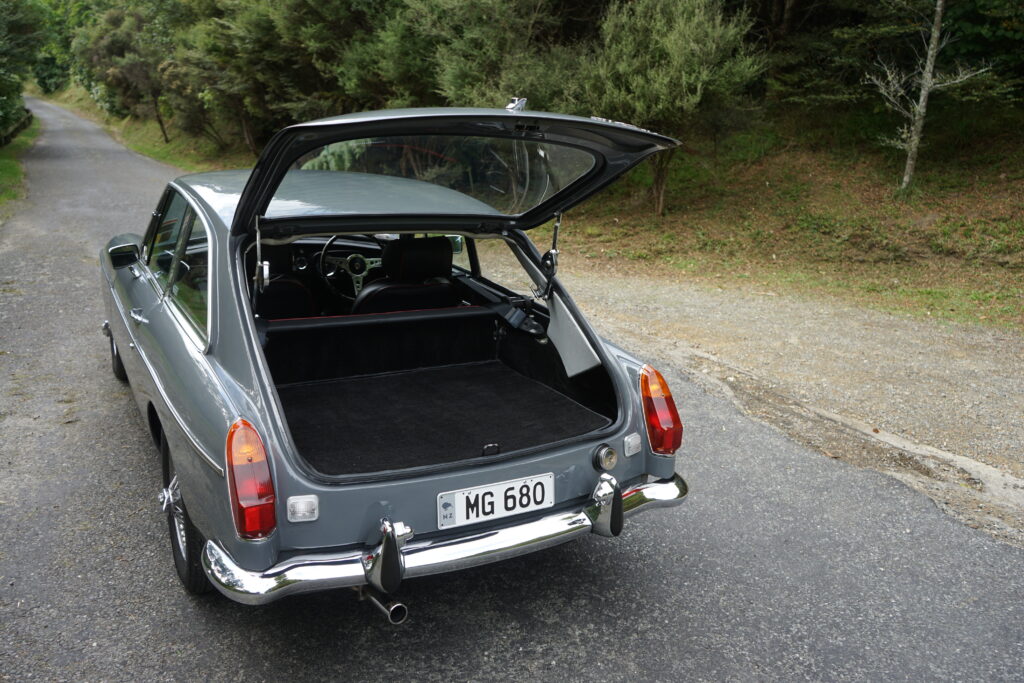
What did you do during lockdown?
As the brakes came on across the country over the next eight weeks, work progressed steadily at home. The fuel tank, brakes, interior, wiring harness, fuel and hydraulic lines, lights, bumpers, seals, glass, and chrome were all refitted. It was slow and careful work, but Dash was steadily re-emerging. Since I plan to use the car as a practical classic — rather than a show car — I made a few concessions to modern motoring, installing key-fob-activated central locking, a period-style modern radio, and an aluminium radiator with automatic auxiliary cooling fan. Reconditioned black leather seats with red piping and a new gear knob finished off the refreshed interior.
By early May, this newly installed Kiwi family celebrated two significant milestones. The country came out of the Covid-19 lockdown, and Dash was ready to go back to Ray’s garage for final commissioning and a WOF.
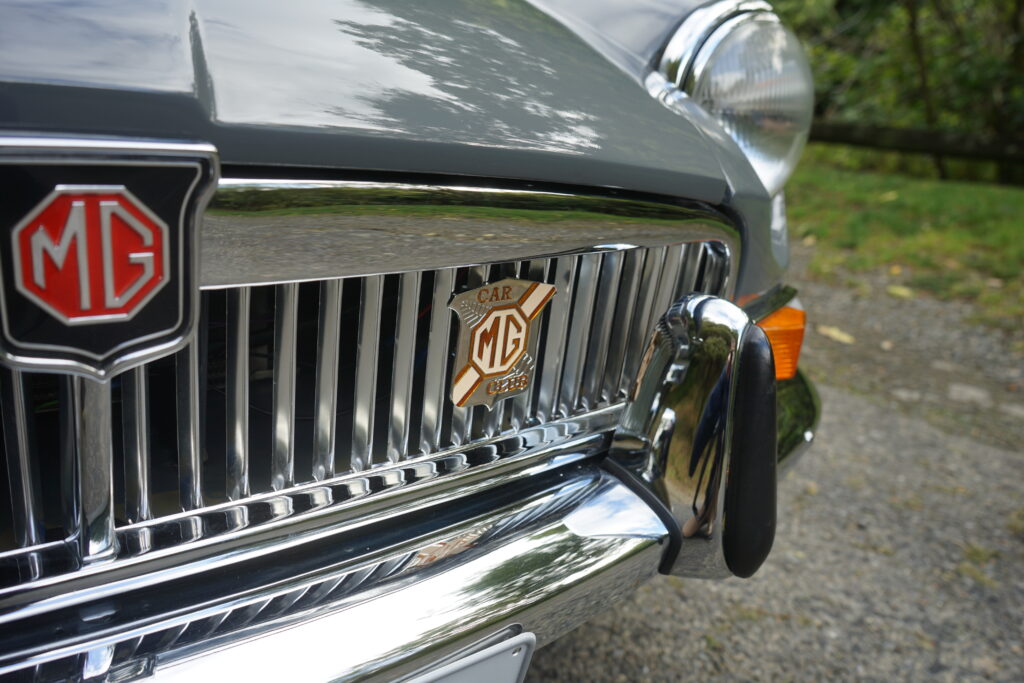
Making a Dash for freedom
By mid-May 2020, Dash was ready for a final shakedown. Around lunchtime on a crisp autumn day, Ray called to say the MG had sailed through the WOF and was ready to get back on the open road. There had been a scary moment when Ray first took the car for a test drive as he heard an unusual noise coming from the engine bay under braking. Luckily, this turned out to be the fan catching slightly on part of the radiator housing. The addition of a spacer plate soon had that sorted.
At the time of writing, I have had the car on the road for just over a week and done a few hundred kilometres in shakedown testing. The car starts easily with full choke and warms to operating temperature quickly.
You may forgive me for thinking there’s simply nothing better than the sound of the SUs breathing deeply as you blip the throttle and change down. The handling is surprisingly taut, balanced, and very predictable. I’m delighted to find it’s perfectly suited to New Zealand’s main roads and keeps up easily with the modern traffic. With overdrive engaged in top gear, the car will cruise all day at motorway speeds with the motor burbling at 2000–2500 rpm.
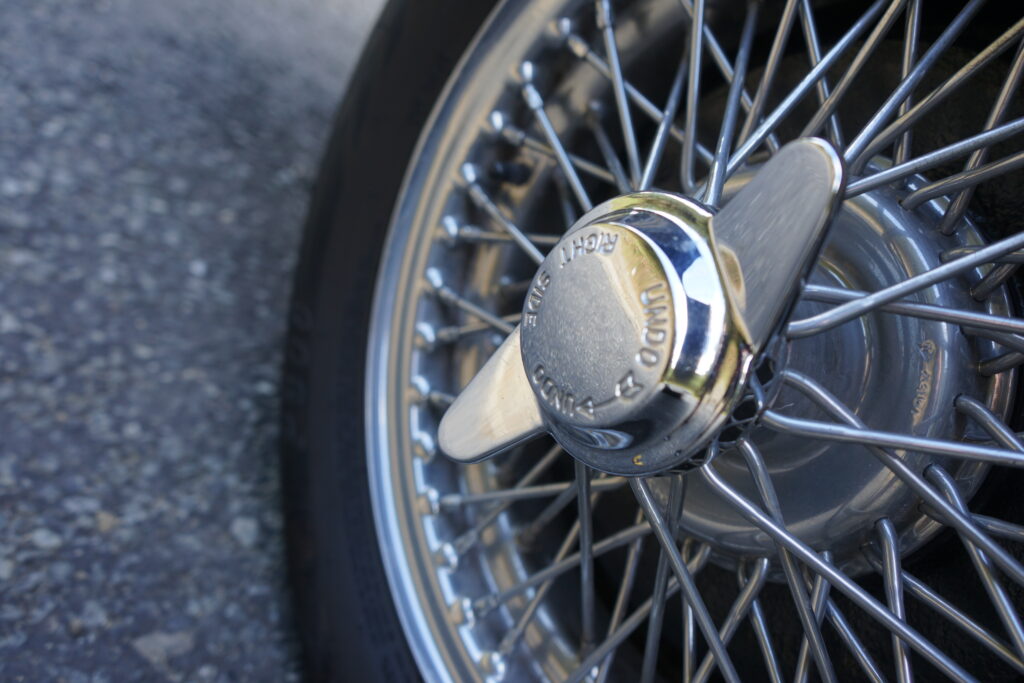
A clearly unbiased conclusion
I suspect that, in common with many other classic car restorations, this project is nearly finished, but not quite. I’m still adding to the list of jobs to do as time allows. These items include work on the bonnet and tailgate panel gaps, a possible LED headlamp upgrade, and the addition of rallying spotlights.
So, putting that aside, does Dash live up to his name? Caeden still thinks so — two years on from when he christened it. Not only is the car a practical and useable everyday classic with the benefit of refinements such as extra sound deadening, central locking, better cooling, and hands-free iPhone connectivity, but, crucially, when you flick the overdrive switch, the B-series engine spurts into life and smacks down some Definitely Awesome Super Horsepower.
